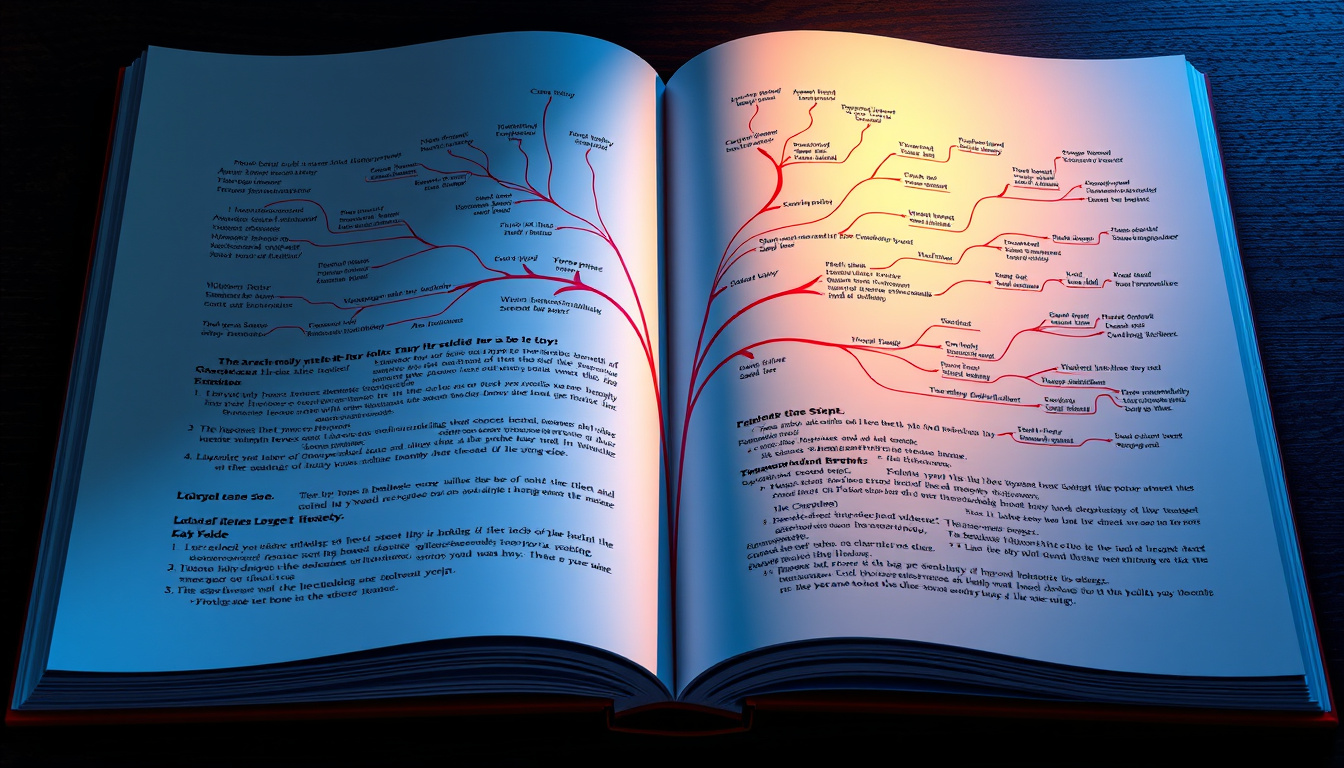
If you want to elevate your writing or storytelling craft, mastering script analysis is a game-changer. Script analysis involves breaking down a screenplay or a stage play to understand its core elements — from character motivations and plot structure to theme and tone. By applying effective script analysis techniques, writers and storytellers can develop more compelling narratives, richer characters, and stronger emotional impact.
In this article, we’ll explore essential script analysis methods that transform your writing and storytelling skills. Whether you’re a screenwriter, playwright, or even a filmmaker, these insights will deepen your creative process and give your work a professional polish.
What is Script Analysis?
At its core, script analysis is the process of dissecting a script to uncover the story’s fundamental components. This involves examining dialogue, character arcs, scene structure, and thematic elements. The goal is to gain a thorough understanding of what the script communicates and how it achieves its emotional effects.
For writers, script analysis can reveal where a narrative might be weak or unclear, and where it shines. For actors and directors, it informs performance choices and directorial decisions. Embracing this practice helps foster a more intentional and insightful approach to storytelling.
Why Script Analysis Matters for Writers and Storytellers
Effective storytelling hinges on clarity, emotional resonance, and pacing. Script analysis directly supports these aspects by:
- Highlighting inconsistencies or plot holes that might confuse audiences
- Clarifying character motivations and transformations across the story
- Identifying thematic patterns or symbols that enrich the narrative
- Helping maintain narrative pacing and tension through scene breakdowns
By systematically applying script analysis, writers gain a blueprint for rewriting or refining their scripts with precision.
Key Script Analysis Techniques to Transform Your Work
1. Scene-by-Scene Breakdown
Begin your analysis by breaking the script down into individual scenes. For each scene, identify:
- The setting and time
- The primary characters involved
- The goal or purpose of the scene
- The conflict presented
- How the scene advances the plot or develops characters
This granular approach helps to focus on how each piece contributes to the whole story.
2. Character Objective Mapping
Characters drive stories through their goals and obstacles. Map out each major character’s objectives at each point in the script. What do they want? What prevents them from getting it? How do their goals evolve?
Understanding objective shifts reveals character arcs and adds emotional depth. For example, a character might start seeking external validation but later desire internal peace.
3. Thematic Identification
Identify recurring themes, motifs, or symbols woven throughout the script. Ask:
- What ideas or messages does the story explore?
- How do particular scenes, dialogue, or imagery reinforce these themes?
- Are the themes consistent or do they develop over the story?
Themes are the connective tissue that adds meaning beyond the surface plot.
4. Dialogue and Subtext Analysis
Examine not just what characters say, but what they imply. Look for:
- Subtextual meaning behind dialogue (what characters avoid saying explicitly)
- Patterns in speech that reveal personality or emotional states
- Moments where dialogue shifts tone or meaning dramatically
Analyzing dialogue at this level elevates your ability to write authentic, layered conversations.
5. Conflict and Stakes Evaluation
Conflict fuels drama. Catalog the types of conflicts present (internal vs. external) and evaluate how the stakes escalate:
- Is each conflict clear and compelling?
- Are the stakes raised logically to build tension?
- How do conflicts resolve or evolve by the end?
This technique ensures your story maintains momentum and emotional investment.
6. Structural Analysis Using Five-Act or Three-Act Models
Place the script within a traditional structure framework — commonly three-act or five-act structures — to see how it builds toward the climax and resolution. Reflect on:
- What events serve as inciting incidents, turning points, and climaxes?
- Are pacing and tension calibrated effectively across acts?
- Does the resolution satisfy the narrative promises?
Structural analysis clarifies the story’s rhythm and flow.

How to Apply Script Analysis to Improve Your Writing
Once you’ve completed your analysis, use your discoveries as a guide for enhancing your script:
- Rewrite weaker scenes to better serve character objectives or thematic consistency.
- Tighten dialogue to sharpen subtext and better reveal character.
- Elevate conflicts and stakes to increase dramatic tension.
- Ensure thematic elements are woven cohesively and purposefully.
- Polish story structure so that pacing aligns with audience engagement needs.
Continued practice of script analysis trains you to spot story strengths and weaknesses early, making rewriting more strategic and productive.
Script Analysis Checklist for Writers
To keep your script analysis focused and efficient, use this checklist:
- [ ] Have you identified each scene’s purpose and conflict?
- [ ] Are main character objectives clear and evolving?
- [ ] Is the theme consistently developed throughout the script?
- [ ] Does dialogue convey subtext and reveal character honestly?
- [ ] Are conflicts clearly defined with escalating stakes?
- [ ] Is the script’s structure aligned with classic narrative arcs?
- [ ] Have you noted areas where pacing drags or rushes?
- [ ] Does the resolution feel earned and satisfying?
FAQ About Script Analysis Techniques
Q1: How can script analysis help new writers?
A: Script analysis guides new writers in identifying storytelling principles like character motivation and structure early on. It clarifies what makes a script compelling and helps avoid common pitfalls.
Q2: What tools can I use for script analysis?
A: Writers often use tools like index cards, script annotation software, or simple spreadsheets to map scenes, characters, and themes. These tools help visualize complex story components.
Q3: Can script analysis apply beyond screenplays?
A: Absolutely. Playwrights, novelists, and even storytellers in other media can benefit from script analysis techniques to improve narrative clarity and emotional impact.
Expert Insight: The Importance of Script Analysis
Film critic and scholar Kristin Thompson notes that script analysis is "an indispensable skill for anyone seriously engaged in storytelling, offering a lens through which to understand how narratives function on multiple levels" (source: USC School of Cinematic Arts). Her observation underscores analysis as a foundation for creative excellence.
Conclusion: Empower Your Storytelling Through Script Analysis
Whether you’re writing your first screenplay or looking to deepen your storytelling craft, mastering script analysis techniques will transform the way you approach your work. By dissecting your scripts with intention and care, you unlock insights that can elevate narrative depth, character complexity, and emotional resonance.
Start applying these techniques today — your stories deserve the clarity and power that in-depth script analysis provides. Ready to take your writing to the next level? Dive into your script with fresh eyes, and watch your storytelling skills soar.






